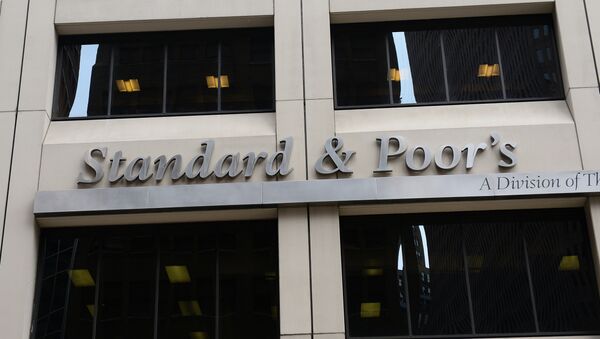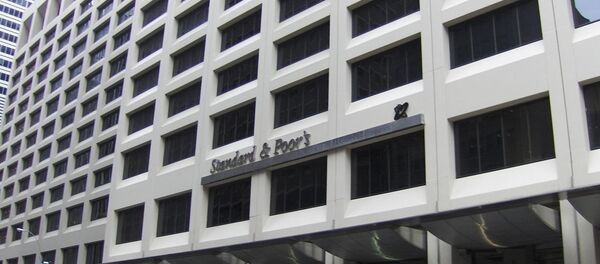"The US distress ratio has started the year at 29.6 percent in January, a level last surpassed in July 2009, during the recession, when the ratio fluctuated from 14.6 percent to a staggering 70 percent," the report, issued on Tuesday, stated.
The raising distress ratio points to a growing need for capital and usually signals an increase in defaults during a serious market disruption, according to the report.
Standard & Poor's Global Fixed Income Research Head Diane Vazza said oil prices decreases have impacted oil and gas companies’ profitability. As the result, the industry accounted for 156 of the 524 issues in the distress ratio.
"Not surprisingly, the oil and gas sector was 31 percent of total distressed debt and had the second-highest sector distress ratio, at 72.6 percent," Vazza noted.
Earlier on Tuesday, the World Bank lowered the 2016 price forecast for crude oil to $37 per barrel from the earlier forecast of $51 per barrel. The World Bank cited "sooner-than-anticipated" reintroduction of Iranian oil to the market as well as greater resilience in US production as the main reasons for the new forecast.




